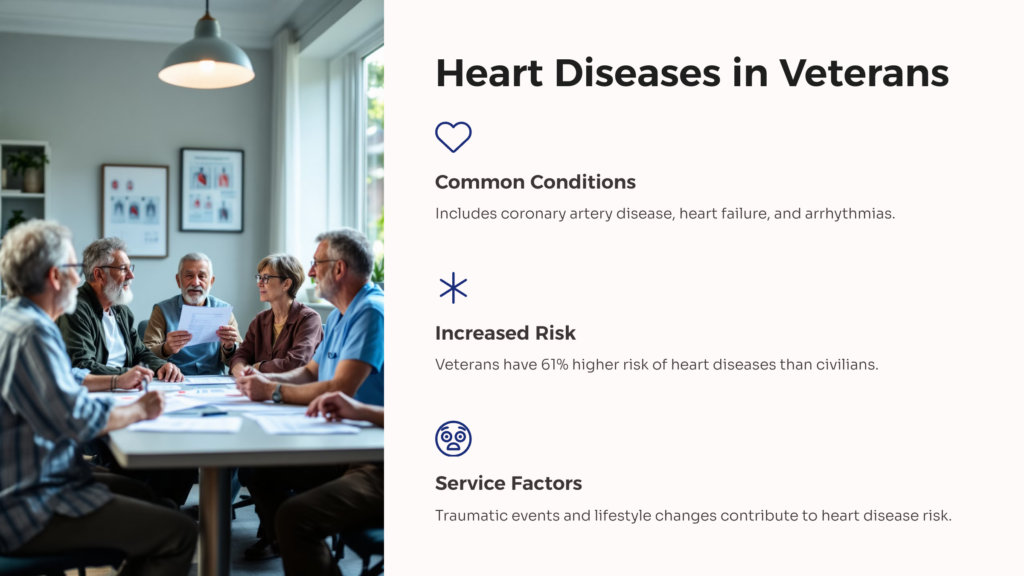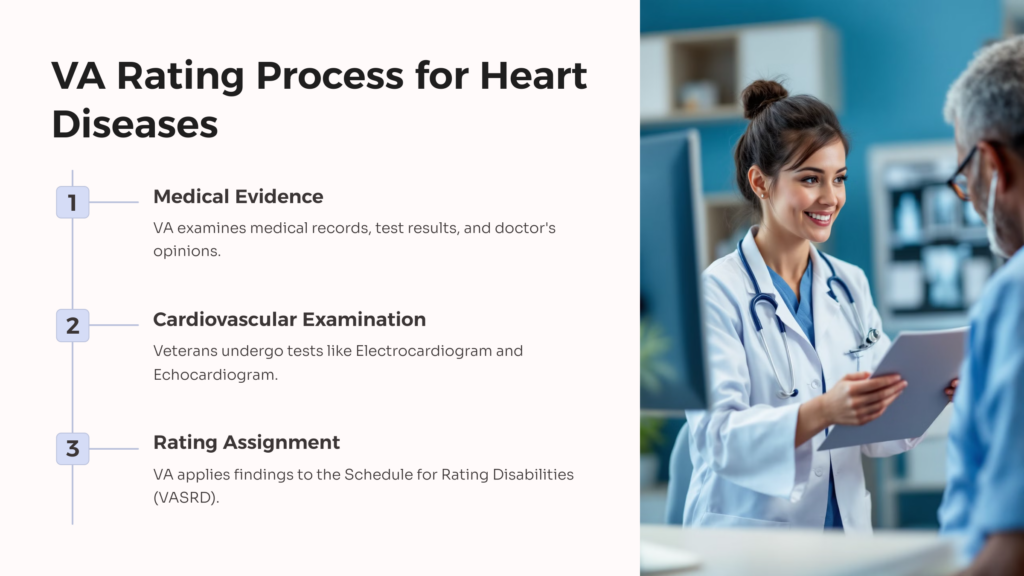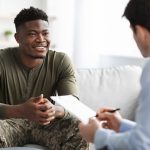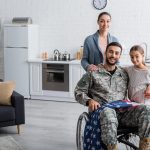Heart diseases are among the leading health issues affecting the veteran population. The impacts of service-related and non-service-related heart conditions are enormous. Given the severity of heart diseases, it’s crucial for veterans to understand how these conditions are evaluated in the VA rating system. In this article, we will provide an in-depth understanding of the process to receive a VA disability rating for heart diseases, the factors taken into account, and the steps a veteran can take to improve their rating.
Introduction

The United States Department of Veterans Affairs (VA) uses a disability rating system that determines the extent of a veteran’s disability and the corresponding compensation they should receive. Essentially, this rating is a percentage that quantifies the level of disability, ranging from 0% (no disability) to 100% (total disability). The higher the rating a veteran receives, the more benefits they are entitled to. This system helps to structure accurate and consistent support for America’s veterans.
The VA rating is directly linked to heart diseases, which are a group of conditions that affect the heart’s structure or function. Heart diseases can consist of various conditions, including coronary artery disease, heart failure, and heart rhythm problems, among others — all of which potentially impact a person’s overall health and quality of life tremendously.
Section 1: The Concept of VA Rating
The VA rating system evaluates conditions based on their severity and the impact they have on veterans’ abilities to lead normal lives. VA examiners analyze medical evidence, conduct necessary medical examinations, and apply these findings to a VA Schedule for Rating Disabilities (VASRD). The VASRD serves as a guidance document consisting of diagnostic codes and criteria for assigning disability ratings to specific conditions.
The implications of these ratings are significant as they determine monthly disability benefits, healthcare services, and other resources accessible to the veteran. A higher rating often means increased financial compensation, implying that the disability more severely impacts the veteran’s life, including their ability to work and perform daily functions.
Section 2: General Information on Heart Diseases

Heart diseases, also known as cardiovascular diseases, involve different medical conditions harming the heart’s normal functioning. These can include conditions like ischemic heart disease (or coronary artery disease), congestive heart failure, ventricular dysfunction, arrhythmias, and valvular heart diseases among others.
Veterans are particularly at risk of suffering from heart diseases with exposure factors such as service-related traumatic events, lifestyle changes, and potential genetic susceptibility. According to a study conducted by the American Heart Association, veterans are at a 61% higher risk of being diagnosed with heart diseases as compared to civilians, which clearly underlines the gravity of the problem.
Section 3: How VA Rates Heart Diseases

The VA employs a detailed process while rating heart conditions. The degree of disability from cardiovascular diseases is generally evaluated by the effects on the veteran’s ability to work and the overall impact on daily life activities. Ratings are often based on documented symptoms, medical history, treatment efficacy, and the presence of complex factors like recurrent heart failure.
Medical evidence plays a crucial role in determining VA ratings for heart diseases. Veterans are often required to undergo a Cardiovascular examination which includes necessary tests like an Electrocardiogram and an Echocardiogram. Medical records, laboratory results, and certified doctor’s opinions serve as evidence in rating assignments.
Understanding the VA Rating Schedule for Cardiovascular Conditions
The VASRD provides a rating schedule specifically for cardiovascular conditions. This rating schedule can range from 10% to 100% disability ratings. Each rating criterion is directly associated with the severity of the disease and its associated symptoms, the limitations it imposes on the veteran’s physical abilities, and the requirements for continuous medication or therapy.
The nuances of the evaluation process often involve factors such as the need for a pacemaker, instances of heart attacks, or conditions such as hypertension. For example, a veteran might receive a 60% rating if they’ve had two or more episodes of heart failure in the past year, even after continuous medication.
Section 4: Factors Affecting VA Rating for Heart Diseases

Different factors influence the final VA benefits assigned for heart diseases. Apart from the severity of the symptoms, considerations include the frequency and duration of episodes, the efficiency of the heart, and any residual effects after treatment.
The overall effect on a veteran’s daily life is a key determinant in assessing VA disability benefits. More severe disabilities leading to comprehensive lifestyle changes will often result in a higher VA disability rating. A detailed medical history, including prior diagnoses, treatments, and outcomes, is also a crucial factor in the evaluation process.
Common Complications of Heart Diseases in Veterans
Having a heart condition can trigger a variety of complications, including heart failure, heart attack, stroke, aneurysm, and peripheral artery disease. These can drastically decline a veteran’s quality of life and have direct implications on the VA rating for disabilities.
Section 5: How to Improve Your VA Disability Rating for Heart Diseases
To increase the VA disability benefits they receive, veterans can ensure they have comprehensive medical records detailing their condition’s severity and how it affects their daily life. Regular health check-ups can keep updated records and reflect any changes in the condition.
Additionally, legal assistance can be sought to navigate the VA claims process. Engaging with a professional well-versed in veterans’ medical law can help to understand how VA disability benefits are determined and potentially aid in achieving a better outcome for your VA disability claim.
Conclusion
Understanding the VA rating procedures for heart diseases is crucial for veterans seeking benefits. The VA is tasked with providing much-needed support for those whose health has been affected by their service, and heart conditions remain a consistent concern. Veterans are encouraged to delve deeper into how this system works, use this information to their benefit, and apply or reassess their benefits as needed. With this knowledge in hand, veterans can effectively advocate for the level of support they deserve.
 AllVeteran.com Advisors
AllVeteran.com Advisors
With expertise spanning local, state, and federal benefit programs, our team is dedicated to guiding individuals towards the perfect program tailored to their unique circumstances.











